
The sailing to Cape Verde took longer than expected, just over 7 days. After struggling with light winds, we finally gave up and motored for the last days. However, the crossing itself was very pleasant with sun during the day, starry nights with mareel glinting around the boat. We were also often visited by dolphins at night. A small black bird that we believe was a Cape Verde storm petrel appeared under Anastacia's sprayhood during a night shift and rested before flying on in the morning hours. Christer and Lennart made sure to keep the fishing going and we got a bite on two occasions. Both times it was golden mackerel (Dorado or Mahi-mahi) on the hook. One fish let go just before we could get it into the boat, but Lennart managed to lift the other one in. It was a big fish! 5 kg and 91 cm long. Filet, it was enough as a starter in the form of sashimi where the fish meat was cooked in lemon juice + two hearty dinners for the three of us.. Unbelievably good!
Late in the evening of January 13, we reached the harbor at Mindelo on the island of São Vicente. Photography and a warm welcome by the staff at the marina and Viking Explorer awaited the following day.
Cape Verde consists of ten islands, most of which are inhabited, and they are slightly different from each other in terms of geology and climate, although all are volcanic islands from the beginning. The islands were completely uninhabited until the Portuguese came and took possession of them and eventually Cap Verde also became a trading center for African slaves. Italy and Spain were allocated certain lands and other peoples have been added to the islands, which means that the population has a very mixed ethnic background. In the 1970s, Cape Verde finally became its own free state as a result of the liberation struggle against the Portuguese and today counts as a democracy.
We only had a few days to familiarize ourselves with the island and stock up on fresh goods before sailing on to the Caribbean. We, together with the crew of the Swedish sailing boat Alba, therefore booked the local guide Franklin (also called Rasta), who we got tips about from other sailors, to learn a little more about Cape Verde. He showed us around São Vicente and we got to visit volcanic craters, beautiful beaches and the turtle center for the conservation of sea turtles ( https://www.facebook.com/CESAR.tartarugas.Calhau) We got to taste the indigenous national drink Grogue which is a rum distilled from sugar cane with slightly varying flavorings. We were a little unsure which one tasted best/worst, but it was nice regardless 😊
We also got to walk in the older and poorer neighborhoods of Mindelo that tourists rarely visit. Here it was clearly noticed that the income differences are large and Rasta showed us his father's house which has looked the same for over 100 years. He also described more about the liberation struggle in the 70s. We also found out how the lack of water affects the population as rainfall has decreased in the last 30 years. On São Vicente, various crops were formerly grown along the mountain slopes, but these crops have now been abandoned as it has become too dry. The entire island's water sources today consist of groundwater that is pumped up from deep wells as well as desalination plants where seawater is converted into fresh water (the same principle as Anastacia's watermaker). Rasta said that it is climate change that has affected the rainfall on the Cape Verde Islands. Today, crops can be grown almost exclusively on the greener neighboring island of Santo Antao and shipped to São Vicente.
We had to replenish the supplies of food and fruit on the boat and therefore visited the local markets. A nice but also quite expensive experience. Most of what is sold in shops and markets does not come from the island - except possibly the fish that is sold. Therefore, the prices are also quite high.
We would have liked to stay longer and get to know the other islands in the archipelago, but with so few days this had to be enough. Now we set off and sail on towards Grenada in the Caribbean. We expect to sail for 15-20 days, depending on the wind. Right now, the forecast says that it will blow briskly with gale force in the villages. A few boats from the Viking Explorer fleet have decided to stay here for a few extra days - especially the catamarans who like to avoid the strong side wind and waves, but we, and most of the other single-keeled boats, are leaving today as planned. You can still follow us and the rest of the fleet here: https://forecast.predictwind.com/tracking/rally/vikingexplorersrally2024/
~~~~~~~~~~~~
Seglingen till Kap Verde tog längre tid än beräknat. Drygt 7 dygn tog det för oss. Efter att ha kämpat med svaga vindar gav vi slutligen upp och gick på motor de sista dygnen. Själva överseglingen var dock mycket behaglig med sol på dagarna, stjärnklara nätter med mareld som glimmade runt båten. Vi fick också ofta besök av delfiner på nätterna. En liten svart fågel som vi tror var en Kap Verdestormsvala (Cape Verde storm petrel) dök upp under Anastacias sprayhood vid ett nattpass och vilade sig innan hon flög vidare på morgontimmarna. Christer och Lennart såg till att hålla igång fiskandet och vi fick napp vid två tillfällen. Båda gångerna var det guldmakrill (Dorado eller Mahi-mahi) som satt på kroken. Den ena fisken släppte taget precis innan de hann få upp den i båten men den andre lyckades Lennart hiva upp. Det var en stor fisk! 5 kg tung och 91 cm lång. Filead räckte den till en förrätt i form av sashimi där fiskköttet fått tillagas i citronsaft + två rejäla middagar för oss tre. Otroligt gott!
Sent på kvällen den 13 januari nådde vi hamnen vid Mindelo på ön São Vicente. Fotografering och ett varmt välkomnande av personalen på marinan och Viking Explorer väntade dagen därpå.
Kap Verde består av tio öar där de flesta är bebodda och de är inbördes lite olika med avseende på geologi och klimat, även om alla är vulkanöar från början. Öarna var helt obebodda tills portugiserna kom och tog dem i besittning och så småningom blev Cap Verde också handelscentrum för afrikanska slavar. Italien och Spanien tilldelades vissa landområden och ytterligare andra folkslag har tillkommit till öarna vilket gör att befolkningen har en mycket blandad etnisk bakgrund. På 1970-talet blev Kap Verde till slut en egen fri stat som ett resultat av befrielsekampen mot portugiserna och räknas idag som en demokrati.
Vi hade bara några få dagar på oss att bekanta oss med ön och proviantera färskvaror innan vidare segling mot Karibien. Vi, tillsammans med besättningen på den svenska segelbåten Alba, bokade därför den lokala guiden Franklin (också kallad Rasta) som vi fått tips om av andra seglare, för att lära oss lite mer om Kap Verde. Han visade oss runt på São Vicente och vi fick besöka vulkankratrar, vackra stränder och sköldpaddscenter för bevarande av havssköldpaddor ( https://www.facebook.com/CESAR.tartarugas.Calhau) Vi fick provsmaka den inhemska nationaldrycken Grogue som är en rom destillerad från sockerrör med lite varierande smaksättningar. Vi var lite osäkra på vilken som smakade bäst/sämst men trevligt var det oavsett 😊
Vi fick även gå i de äldre och fattigare stadsdelarna i Mindelo som turister sällan kommer till. Här märktes det tydligt att inkomstskillnaderna är stora och Rasta visade oss sin fars hus som sett likadant ut i över 100 år. Han beskrev också mer om befrielsekampen på 70-talet. Vi fick också reda på hur bristen på vatten påverkar befolkningen då regnandet minskat de senaste 30 åren. På São Vicente odlade man tidigare olika grödor längs bergssluttningarna men dessa odlingar har nu övergivits då det blivit alltför torrt. Hela öns vattenkällor består idag av grundvatten som pumpas upp ur djupa brunnar samt avsaltningsanläggningar där havsvatten görs om till sötvatten (samma princip som på Anastacias watermaker) Rasta menade att det är klimatförändringarna som påverkat nederbörden på Kap verdeöarna. Idag kan grödor nästan enbart odlas på den grönare grannön Santo Antao och skeppas till São Vicente.
Vi behövde fylla på förråden med mat och frukt på båten och besökte därför de lokala marknaderna. En trevlig men också ganska dyr erfarenhet. Det mesta som säljs i butiker och marknader kommer inte från ön-utom möjligen fisken som säljs. Därför är priserna också ganska höga.
Vi hade gärna stannat längre och bekantat oss med de andra öarna i arkipelagen men med så få dagar fick detta räcka. Nu ger vi oss iväg och seglar vidare mot Grenada i Karibien. Vi räknar med att segla i 15-20 dygn, beroende på vind. Just nu säger prognosen att det kommer att blåsa friskt med kulingstyrka i byarna. Några båtar ur Viking Explorerflottan har bestämt sig för att stanna här några dagar extra -framför allt katamaranerna som gärna slipper den starka sidvinden och -vågorna men vi, och de flesta andra enkelkölade båtarna, ger oss iväg idag som planerat. Det går fortfarande att följa oss och övriga flottan här: https://forecast.predictwind.com/tracking/rally/vikingexplorersrally2024/
Fihing Mahi Mahi. Lennart in action!
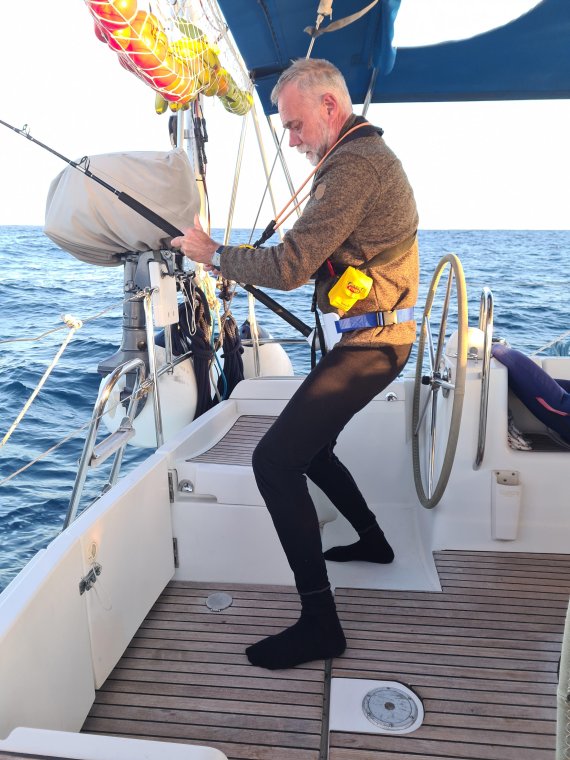
The crossing to Cap Verde
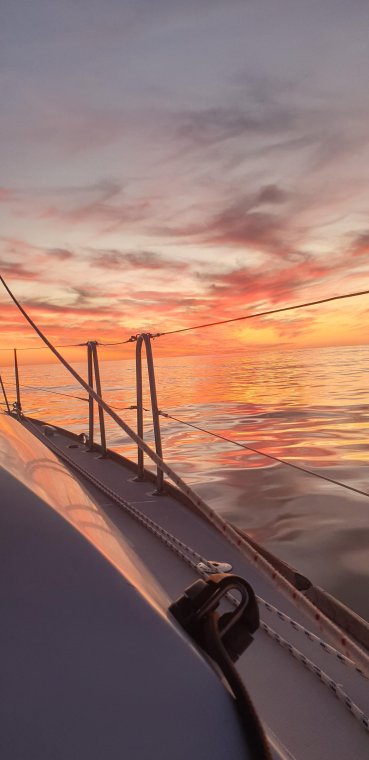
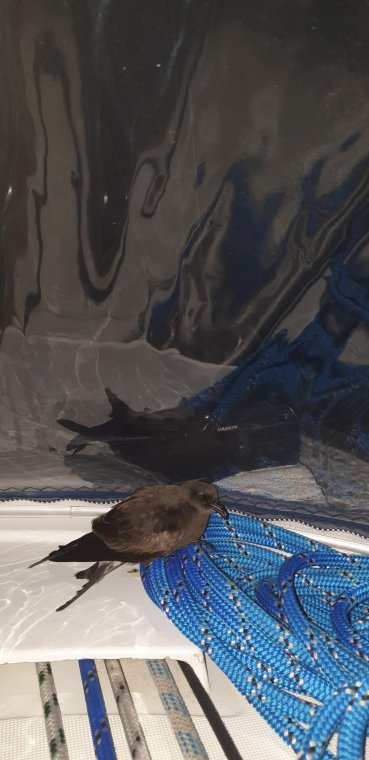
Cap Verde local markets
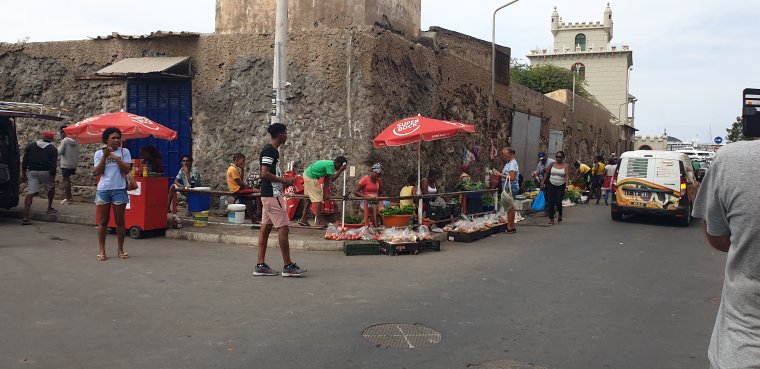
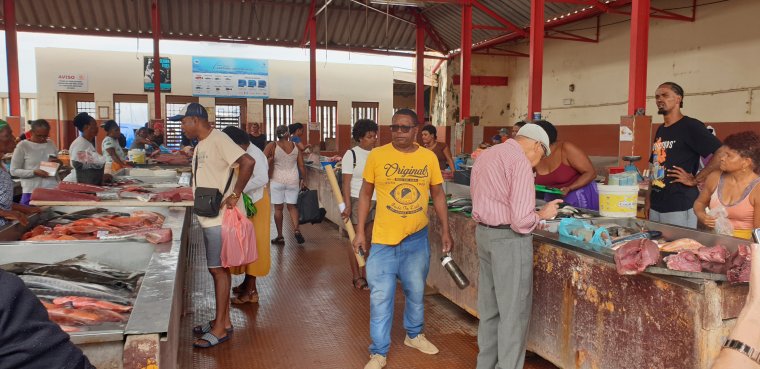
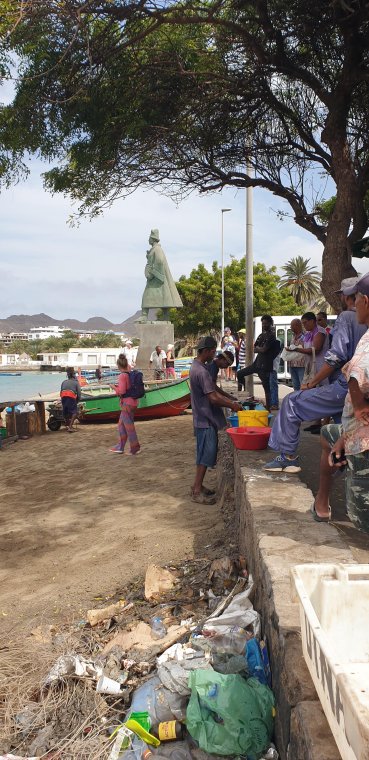
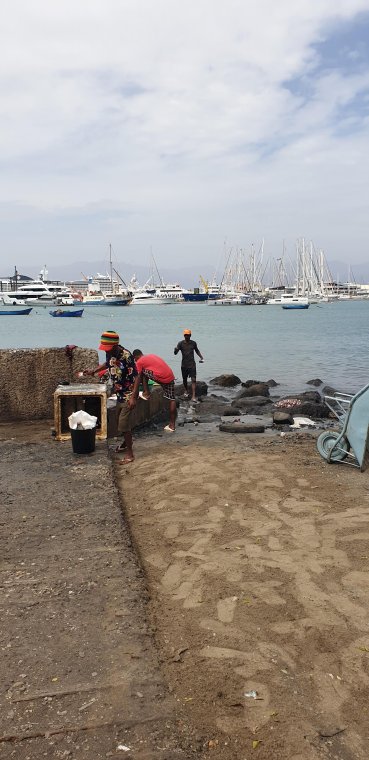
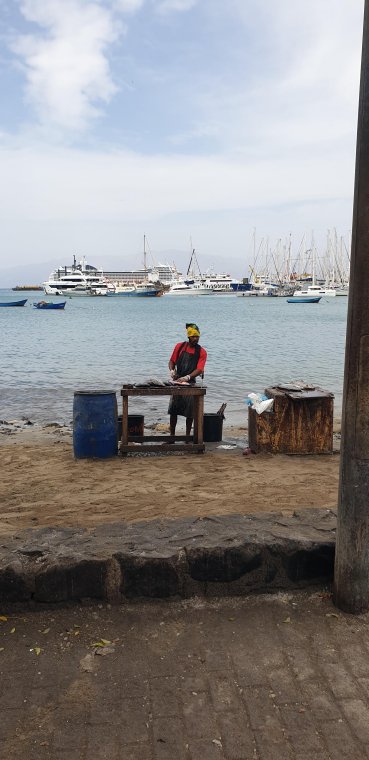
Mindelo. Older districts
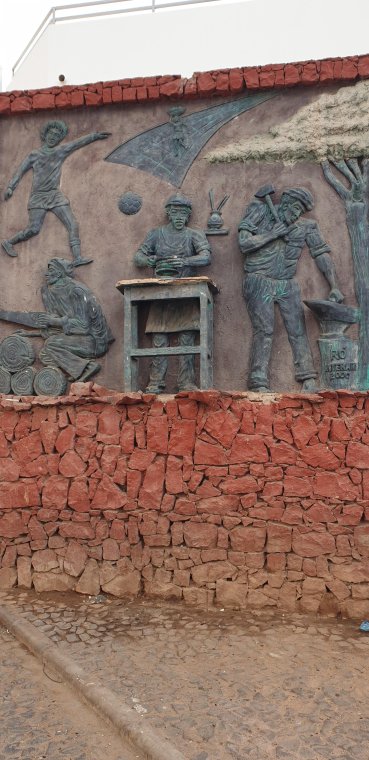
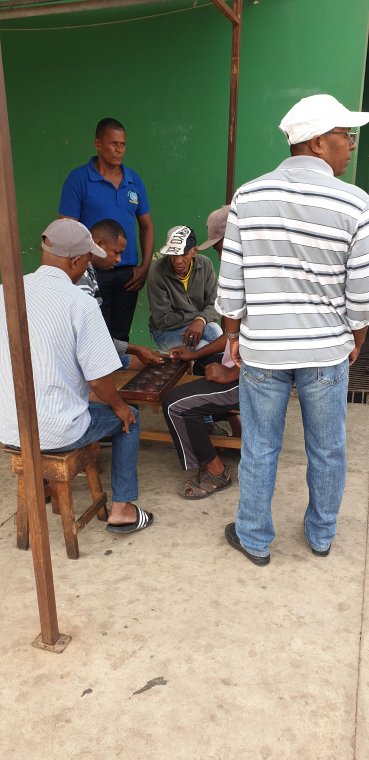
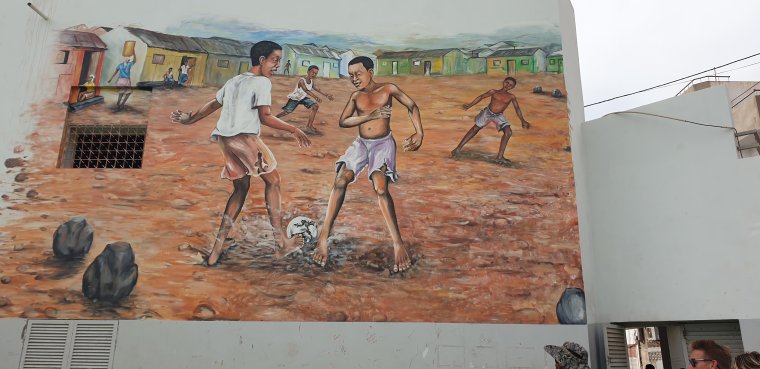
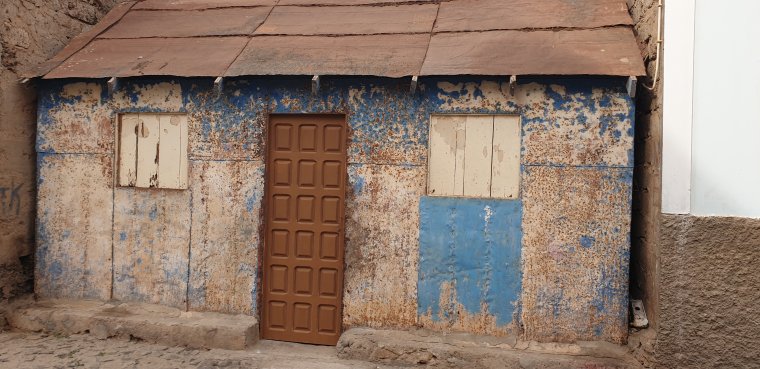
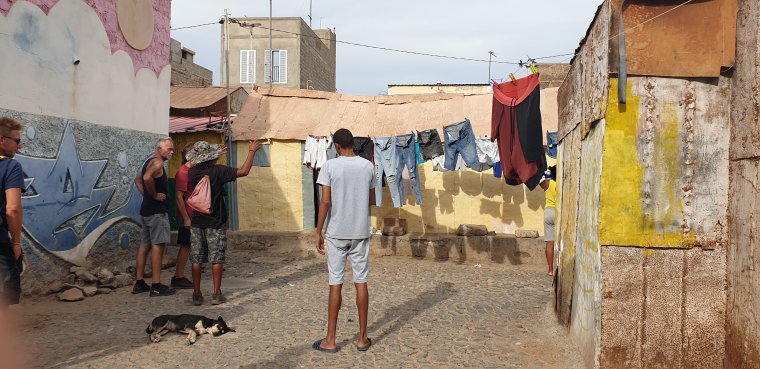
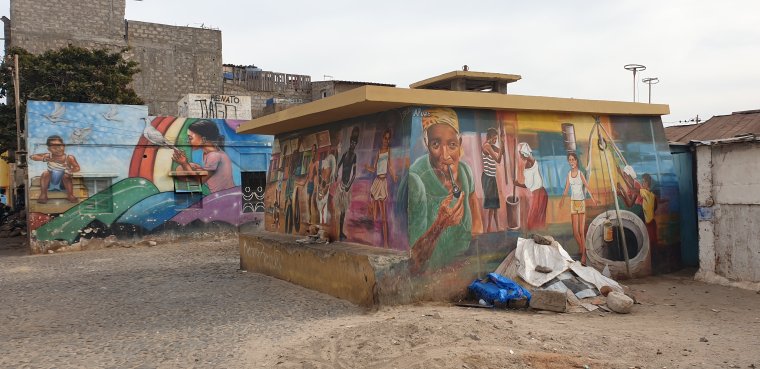
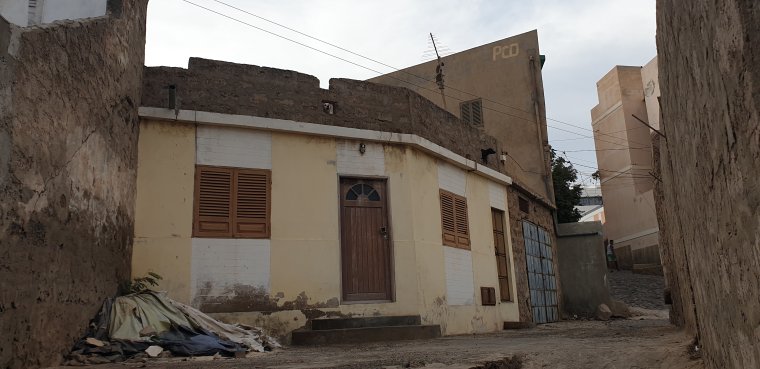
La ihla de São Vicente. Hiking and Grogg-tasting 😁
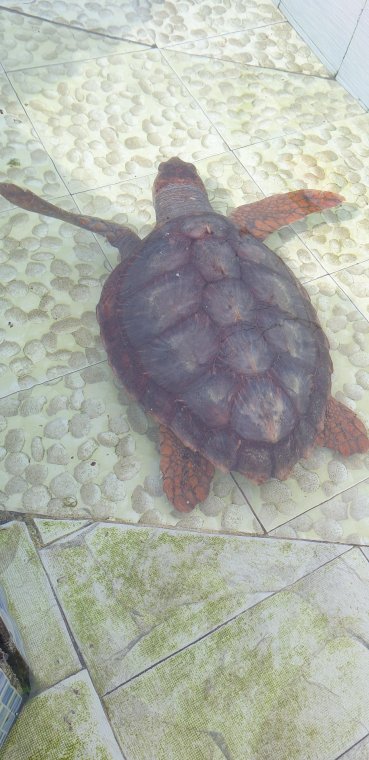
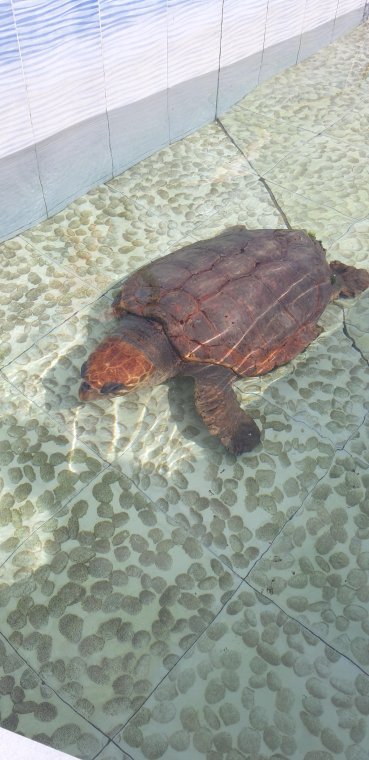
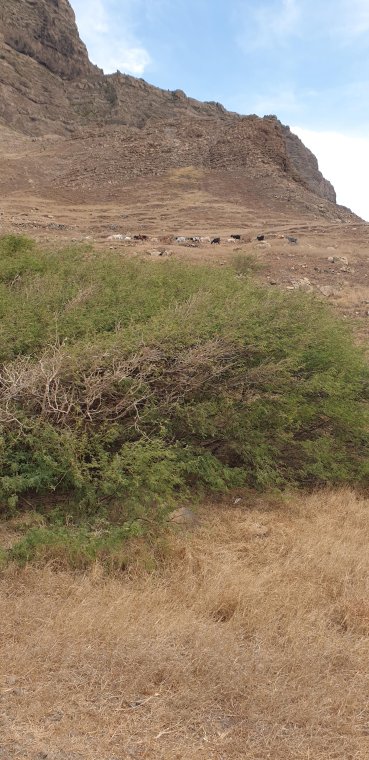
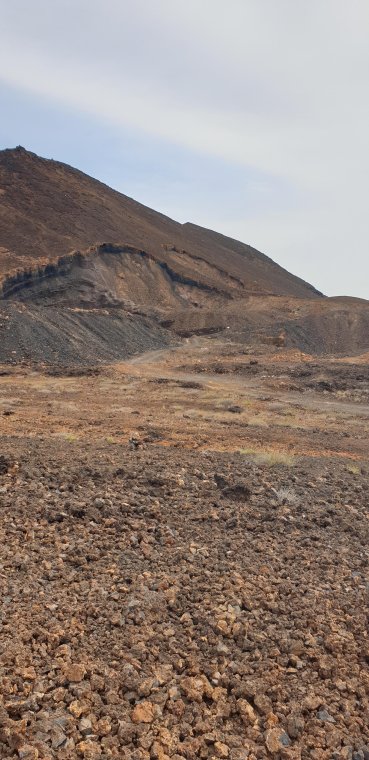
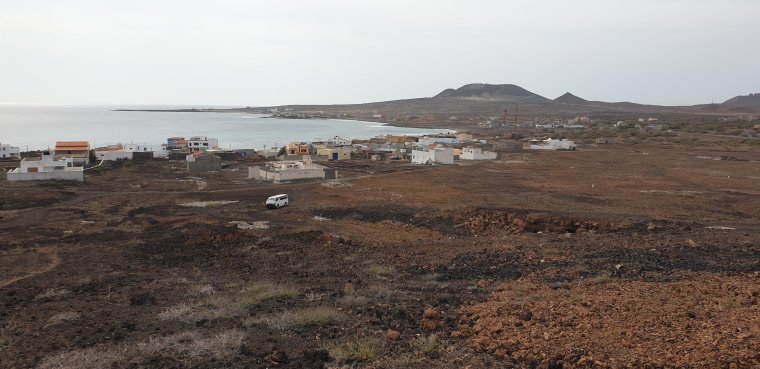
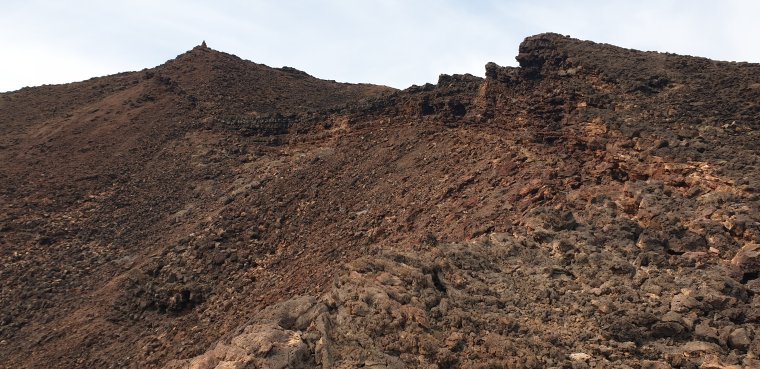
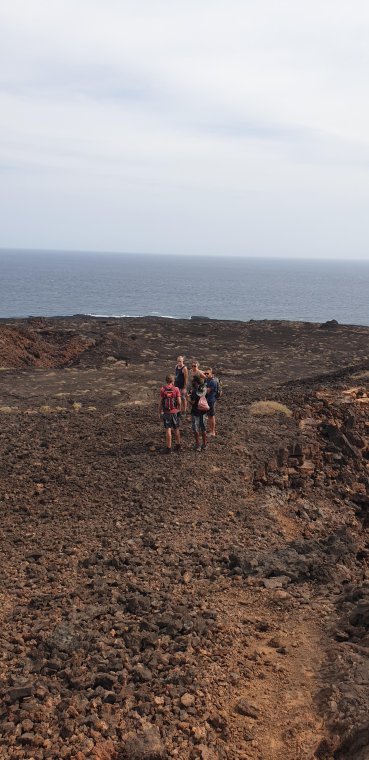
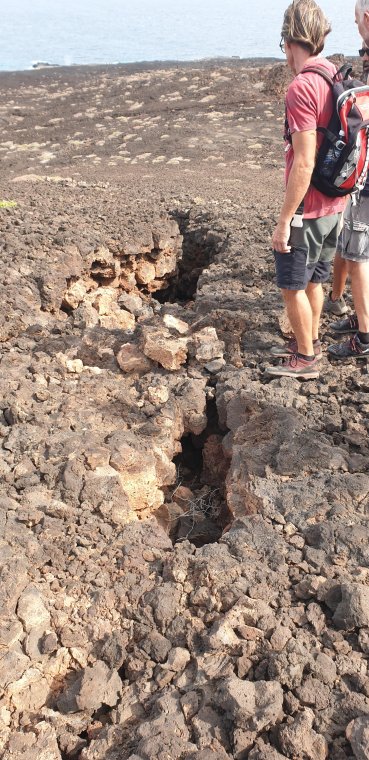
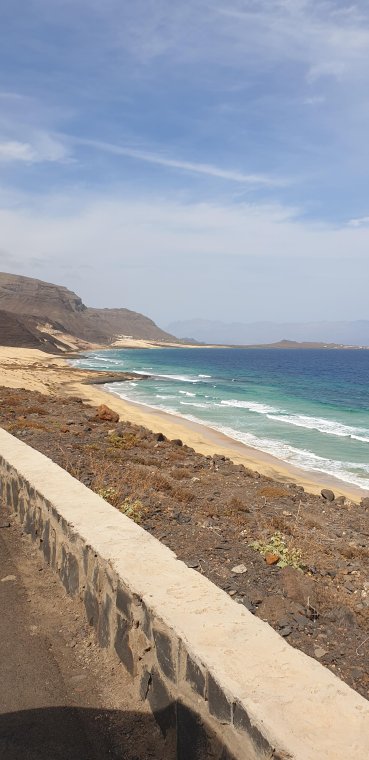
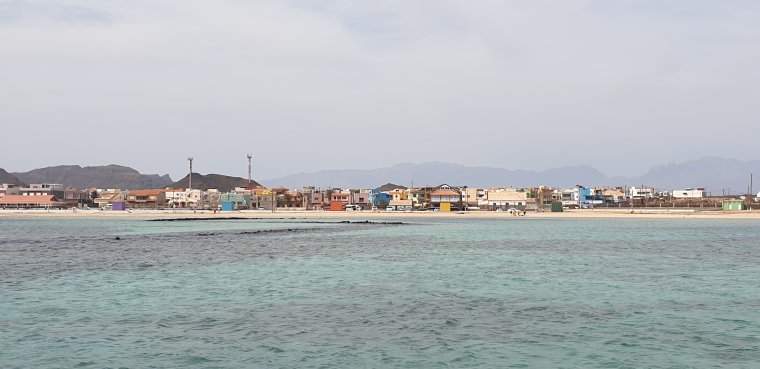
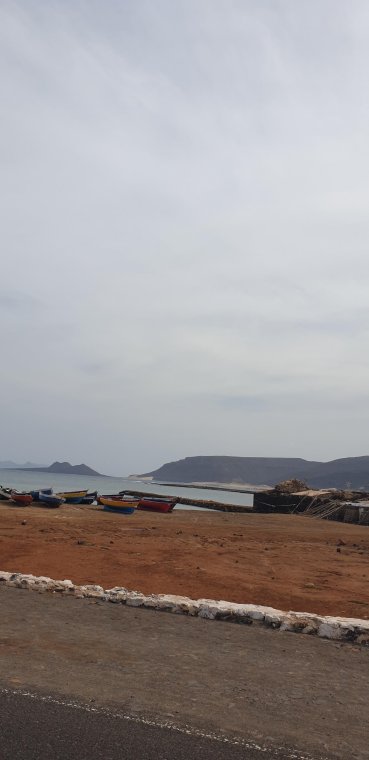
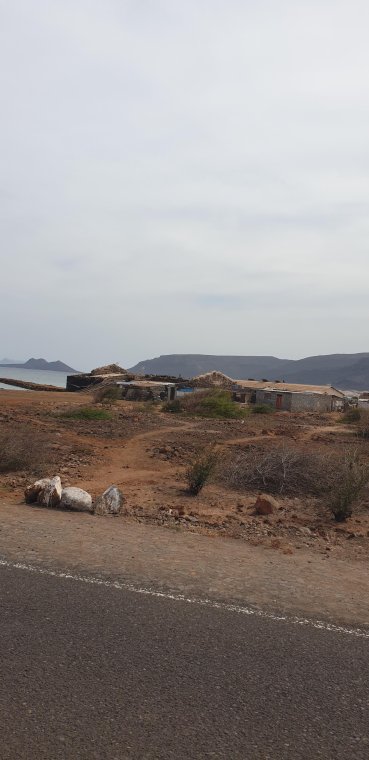
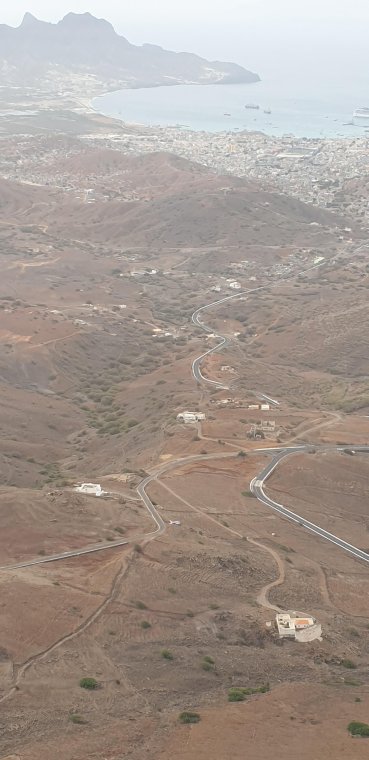
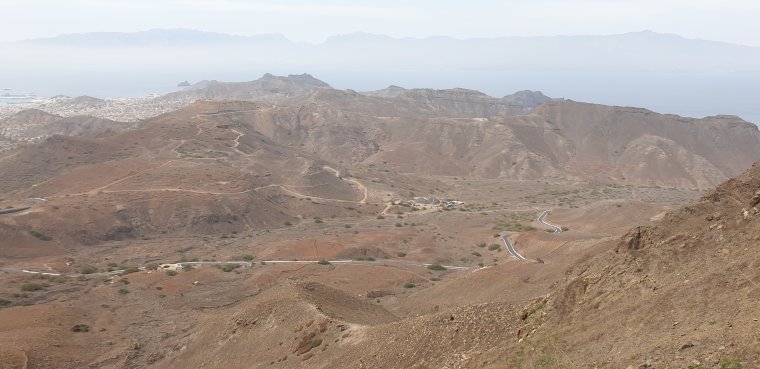
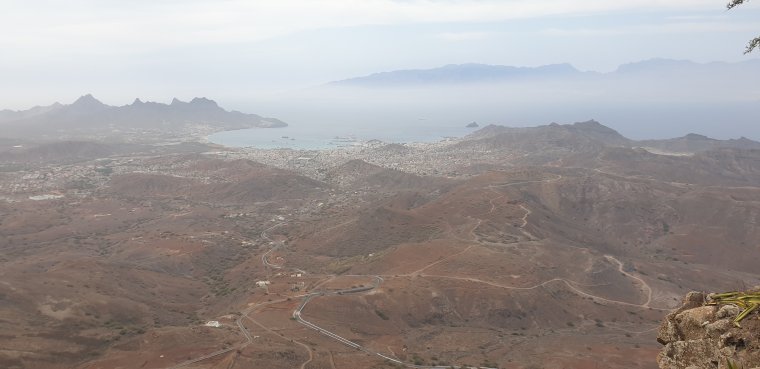
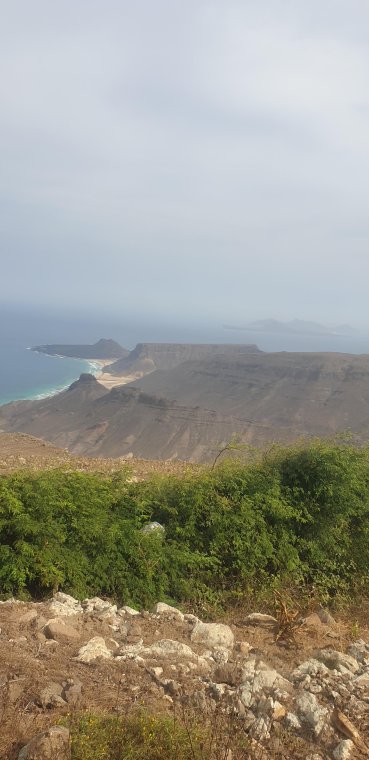
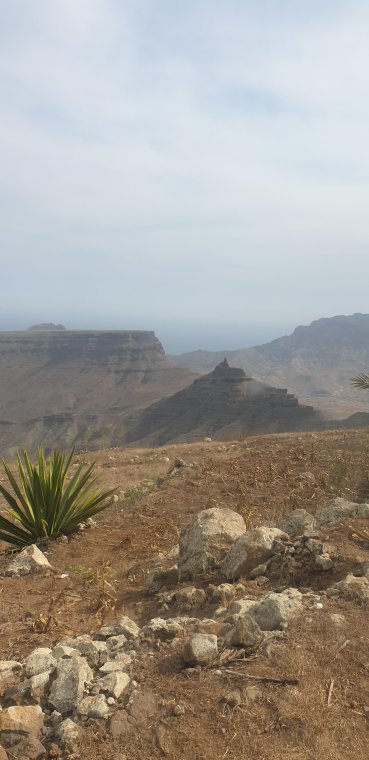
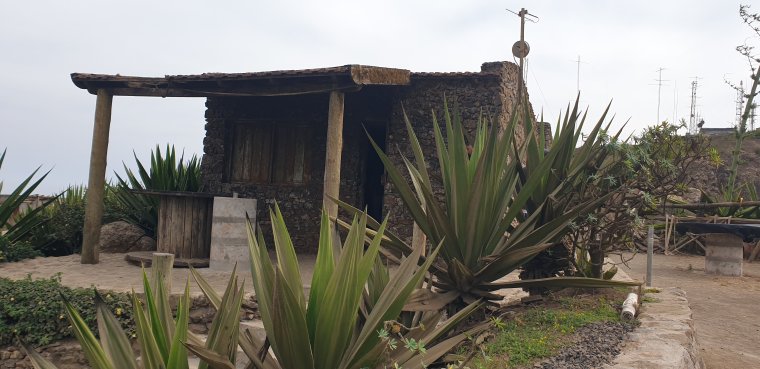


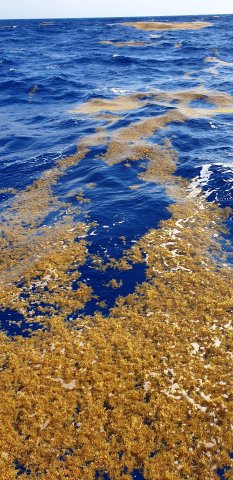
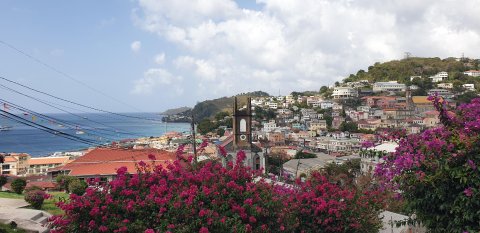
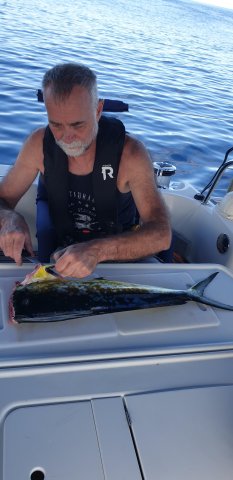
















0 Commentaire(s)